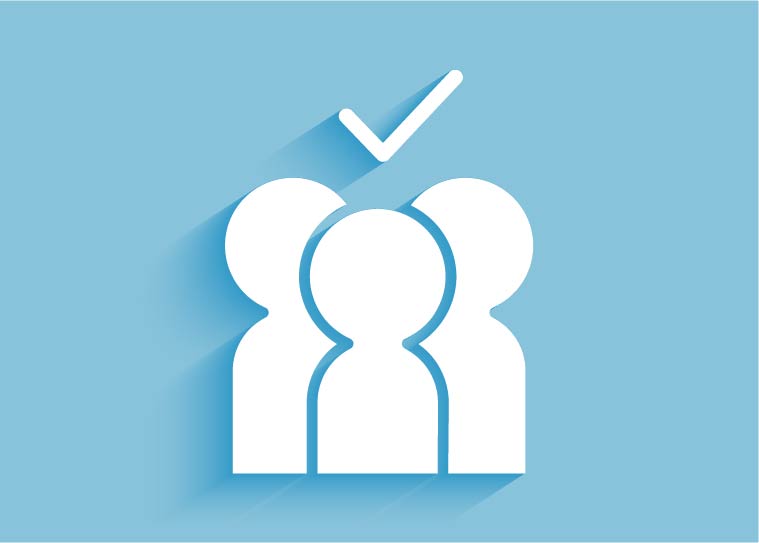 Have you ever wondered how many different stories make the environment in which you live? Psychology explains human tendency to think in similarities and simple concepts that make creating the sense in everyday life easier. Among other things, these tendencies lead to stereotypization of less known experiences. However, if you make only one step backwards, creating in this way also a narrative distance from the canon of stories with and through which you grew up and which mark your experiences by now, you will see that this group of stories could have been much more inclusive.
Have you ever wondered how many different stories make the environment in which you live? Psychology explains human tendency to think in similarities and simple concepts that make creating the sense in everyday life easier. Among other things, these tendencies lead to stereotypization of less known experiences. However, if you make only one step backwards, creating in this way also a narrative distance from the canon of stories with and through which you grew up and which mark your experiences by now, you will see that this group of stories could have been much more inclusive.
The mission of our interviewers in this story is a certain decolonization of experiences of the members of the deaf community, the awarded modern dancer, tailor and educator Stojan Simić and Vera Jovanović, the head of the theatre school of the deaf, artist, activist and Sign language interpreter. They brought us closer to the idea and practice of the Theatre of the Deaf which has been active in the City Organization of the Deaf of Belgrade (GOGB), within the project “Behind a Sign”, since 2013.
For the deaf community in Serbia the main systematic obstacle in realizing the good quality of life is the lack of understanding that the Serbian language is actually the second language to the members of this community and Sign language is their mother tongue. The insufficient integration of the characters of Sign language in the education system is obvious in the fact that it is based on speech, i.e. speech practices, deaf persons are not encouraged to learn and read and a family in this sense must take a serious part of responsibility in the process of learning the Serbian language. In the conversation with Vera we have found out that the discrepancies are also reflected in the fact that even at the manifestation such as the National Festival of the Cultural Artistic Society of the Deaf, the participants must say recitations, i.e. the skill is still assessed at the plan of pronunciation.
Only the fact that over 72 million of deaf people in the world use more than 300 different Sign languages tells us how little we know about the rich texture of these languages. The activists, artists and participants of the Theatre of the Deaf within GOGB, the organization that has had the cultural artistic society (KUD) with different sections for more than 65 years, trace the path of very needed changes in perception, promotion and integration of Sign language in our society by its artistic practice. Gathered around the idea that Sign language with its specific poetics represents the equal element of the cultural heritage of this soil as well as a certain research field, they have created performances which enlighten the experience of the deaf persons’ life for more than seven years already. That is why one does not wonder when Vera Jovanović, with great pride but also with caution towards the dominant narrative, says that silence is not the theme. In the very artistic processes they have developed for years, silence by which the majority population and hearing people freeze the deaf community, is the fact but not the defining characteristic of their experiences.
“What is most interesting for me is that the performances are based on personal stories and represent an opportunity to express ourselves in Sign language, with building new knowledge getting to know new, until then, inaccessible literature”, Stojan Simić describes the process which he characterizes as one in which his imagination has grown day after day as the creative process has developed.
These precious methodologies, performers’ personal stories, participants’ identities and empowering along with activating the existing resources are completely in accordance with contemporary trends in the theories of culture and socially engaged art. Vera Jovanović underlines that the issue of space also represented the point of success. According to her and Stojan, GOGB represents the second home of the deaf community and its character has been enriched by these activities. In addition to being the place for information, gathering, GOGB has also become the theatre stage by filling its hall with these performances for years. The methodologies of preparing individual performances has been changed year after year. The creative process is open for everybody and the framework of work is Sign language. A Sign language interpreter is present if hearing persons participate in the process. Some of the subjects representing the key of this creative process are awareness and liberation of a body, inter-human relationships and communication as active observation and imagination.
The first performance the Theatre presented was “Let’s dance” (2013). The performance “Tea Party at eight” (2016) is a testimony in the development of research fields which places an emphasis on the poetry in Sign language. “For me the poetry in Sign language is perfection, the field in which I can express myself freely and be what I am”, says Stojan about his personal creative process and the richness of Sign language. In 2018, when the United Nations officially defined September 23rd as the International Day of Sign Language, the Theatre marked it by the performance created in the important artistic cooperation with Blue Theatre which has been the respected participant of the alternative performance stage over twenty years.
In cooperation with other participants of the art stage in a role of educator, dancer and producer, Stojan realized two contemporary dance performances which performed not only in the capital city but, as guests in, among other towns, Leskovac, Krusevac and Novi Sad.
The crisis caused by coronavirus, same as to others, has disturbed the continuity of the Theatre work but the work on the promotion of the cultural heritage of this community has been continued, now in a digital space. At this point, the creation of the online collection of poetry and prose in Sign language has been ongoing. According to Vera, it has been conceived as a digital basis of experiences of the deaf community.
As for future projects, Stojan shared with us a vision of the institutionalization of cultural artistic practices of the deaf community. “I can imagine and I would like for us to establish a cultural centre that will be a meeting place of deaf persons’ various artistic disciplines and practices. My personal goal is to make my practice international and for the existing efforts here to be enlarged and us to be united around these subjects.”
 Government of the Republic of Serbia
Government of the Republic of Serbia



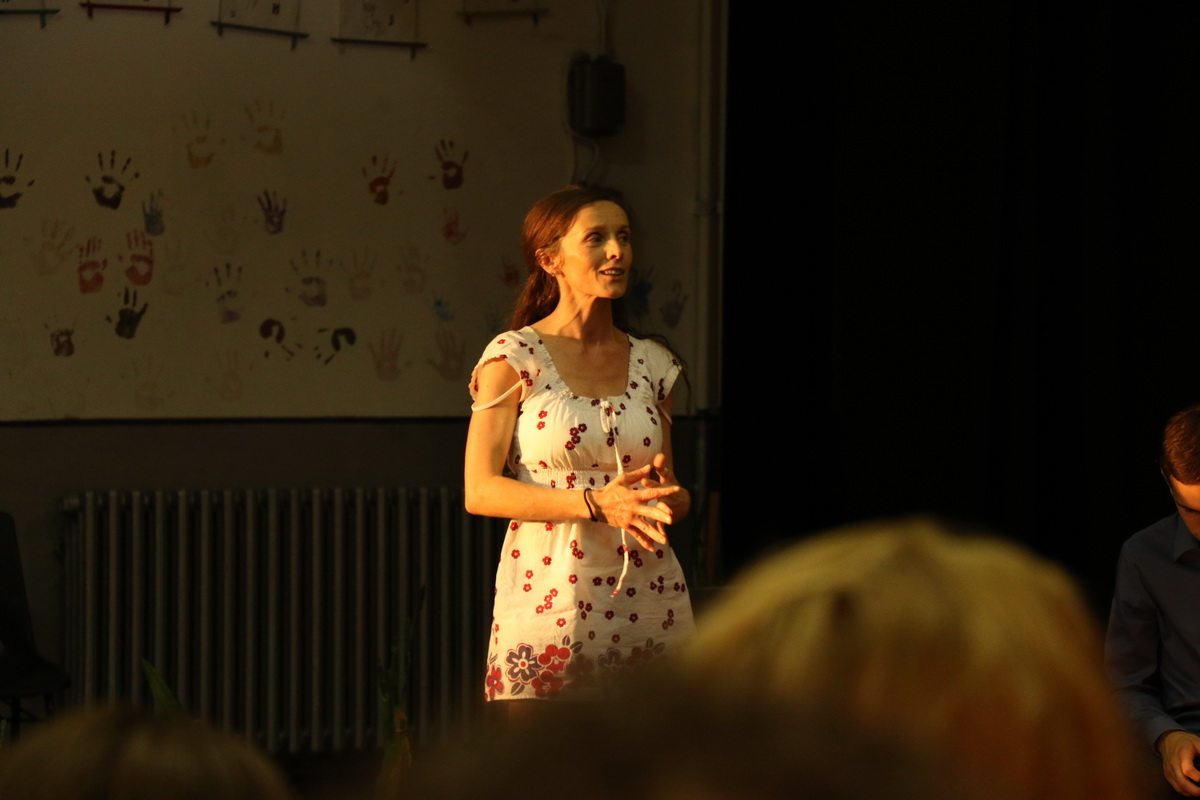
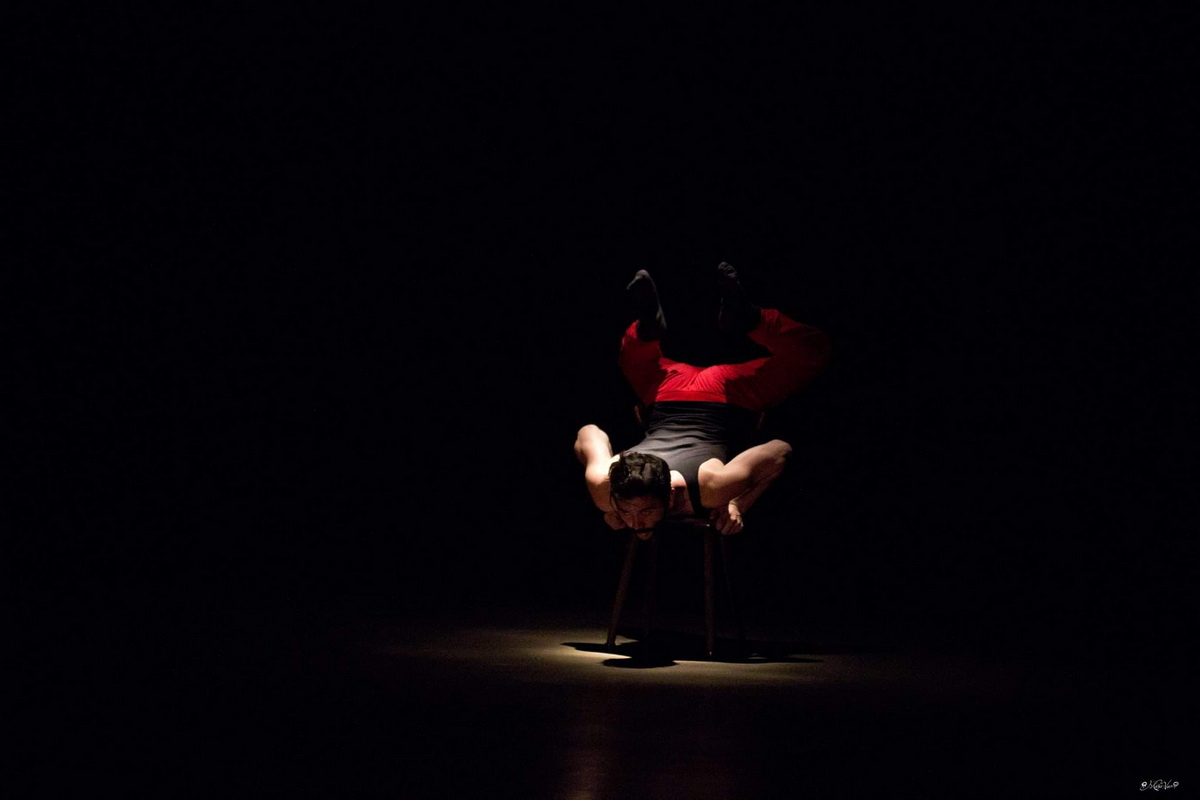
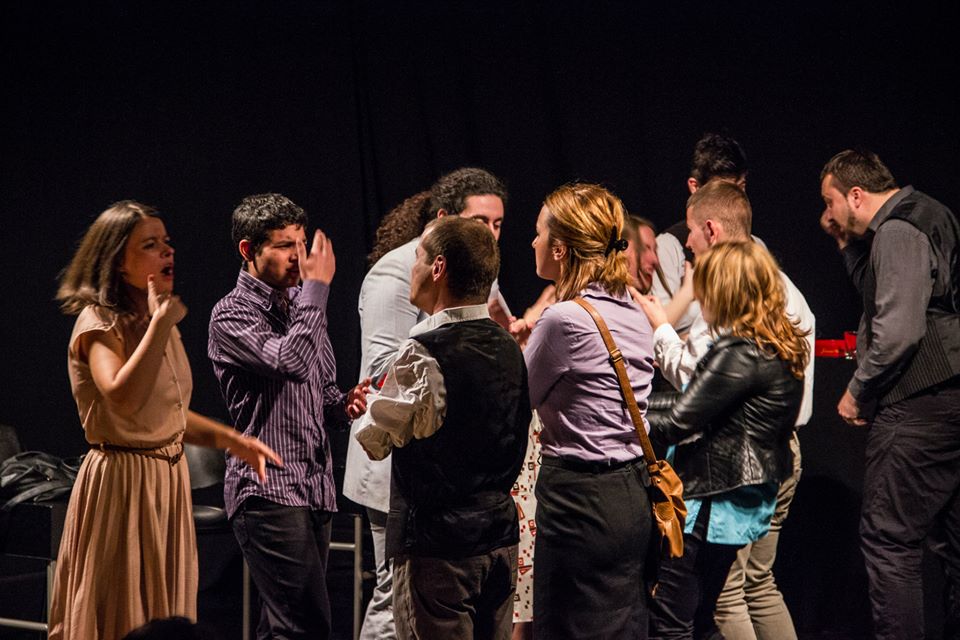
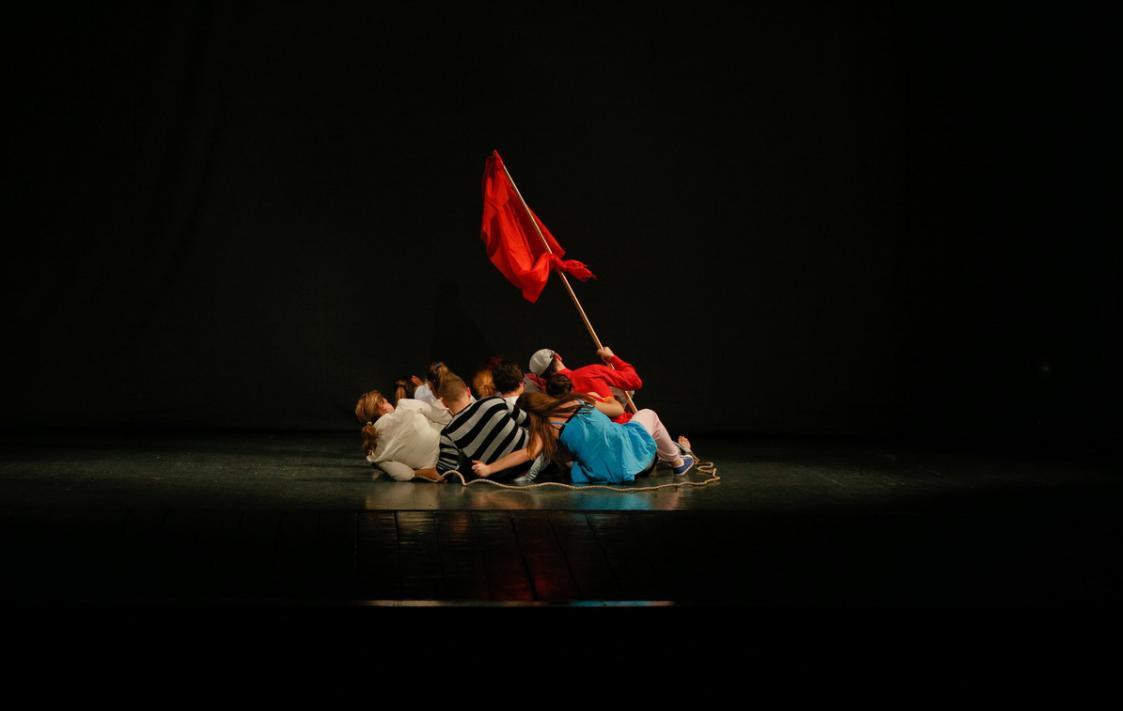
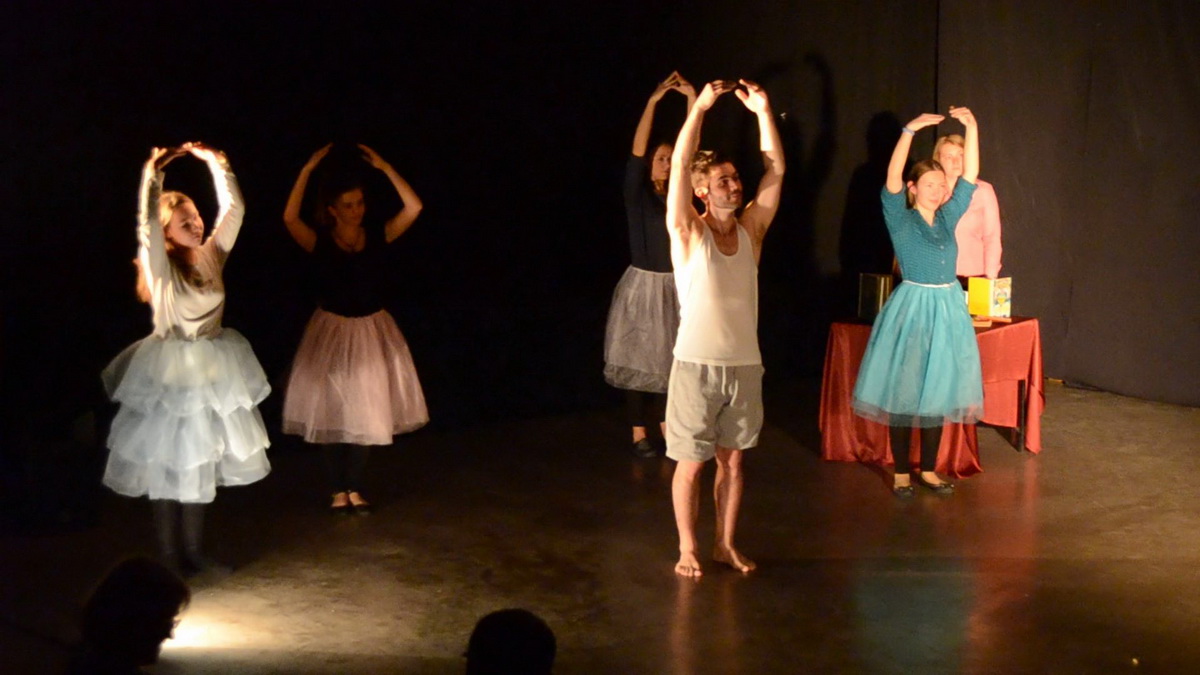

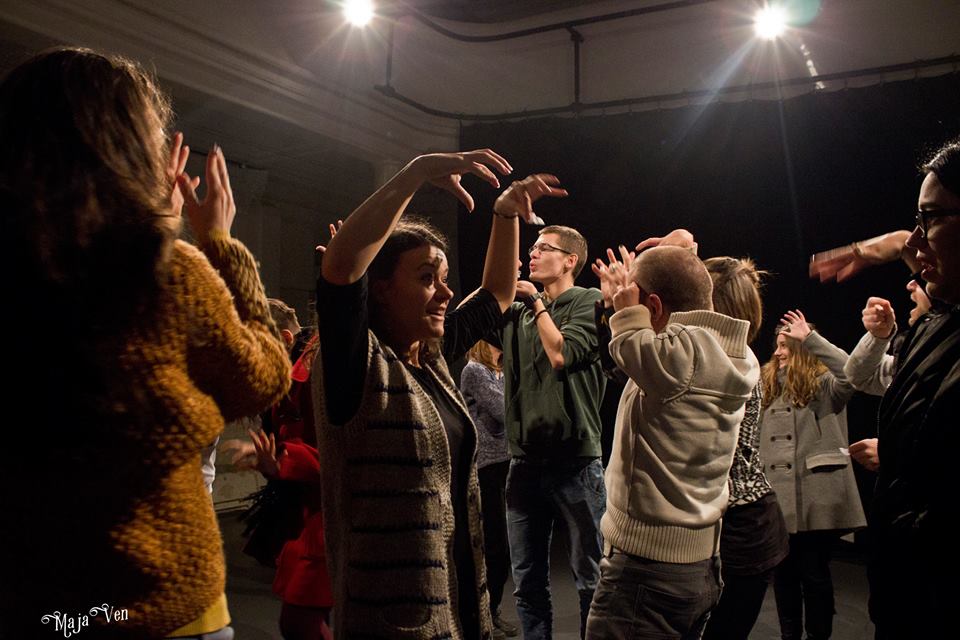












 pdf [271 KB]
pdf [271 KB]
Leave a Comment